Although most of us have cats and dogs as pets, many others own rabbits, hamsters, iguanas, and even snakes. We often fail to consider the room temperature for our pets. Each pet needs a particular room temperature, so let’s examine the optimal temperature for the different animals.
There is no single temperature range that suits all pets—each animal is comfortable in a particular optimal temperature. Just as you maintain a balanced diet for your pet, you should also ensure that they are in a comfortable surrounding temperature.
Factors Affecting the Ideal Temperature for Pets
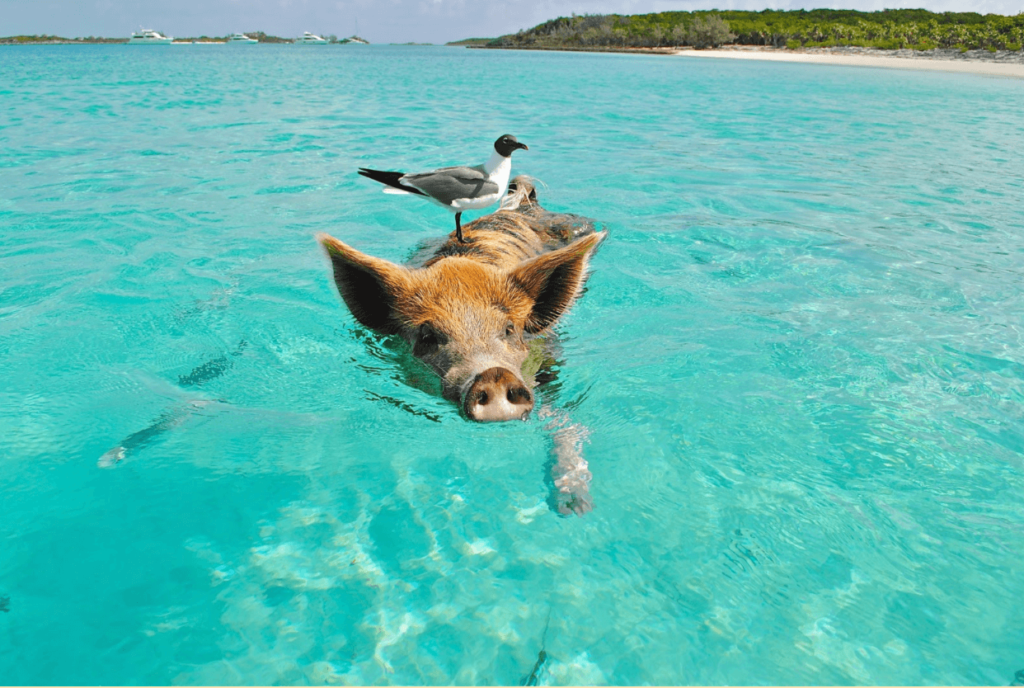
The temperature that suits each pet depends on the breed, health condition, and a few other factors. Here are a few primary conditions that determine the optimal temperature of different pets:
Coat Type
A dog or cat with long and thick fur will be better insulated against the cold. A short-haired pet (such as hairless breeds) will not be comfortable in cold weather. Similarly, thick coats can be a problem for a pet during the hot summer months.
Size
Smaller animals get cold and heat up faster. This is because of the smaller surface area to volume ratio. So you have to be extra attentive to the room temperature for smaller pets.
Weight
When we talk about weight, we are referring to body fat. A heavier dog or cat will have more fat deposits to insulate them against the cold. But the extra insulation will cause overheating during hot weather. A lean and fit pet will always have better tolerance to extreme temperatures.
Age and Health
Young or elderly pets have a lower resistance to temperature changes. It means that they will feel the adverse effects of temperature changes more than middle-aged animals.
Optimal Temperature for Different Pets

Now that we have covered the factors that affect pets’ temperature requirements, let’s look at the optimal temperature we need to maintain for specific animals.
Optimal Temperature for Dogs
Dogs have a slightly higher temperature than humans, typically between 38°C and 39°C (100.4°F-102.2°F). Nevertheless, you need to ensure they are kept cool during the hot summer months. If you have air conditioning, set the air conditioner’s thermostat to 25.5°C in the summer and 20.5°C in the winter. It will preserve the natural molting process of your dog.
You can also leave a portion of concrete flooring or tiles for your dog to lie on during the summer, especially if your dog is the long-haired variety. Never leave the dog alone in the house without checking the thermostat setting, which should be no more than 27°C, and never below 15°C. Ensure that your dog has access to plenty of water to drink.
Provide a warm bed and extra blankets to puppies and older dogs or those who are not in good health. It is also a good idea to keep the curtains open so your dog can lie in direct sunlight. Dogs love to lie in a sunny spot, especially during the chilly winter months. It also provides a good source of vitamin D, among numerous other benefits.
Optimal Temperature for Cats
Cats have a slightly warmer body temperature than humans – between 38.1°C and 38.9°C (100.5°F and 102°F). Despite their warmer temperature, they seek warmth. Hence, you need to appreciate your cat’s obsession with warmth and provide warm and fluffy items like cushions and soft toys for them to snuggle up to.
Since a cat’s body temperature is near to that of humans, it is safe to assume that if we are comfortable with the ambient temperature, so are they. Cats will not pant and create shenanigans the way dogs do when they are hot. Cats are less likely to experience hypothermia at lower temperatures, so you can lower the thermostat considerably, perhaps between 18°C and 23°C during the summer.
Just like dogs, cats are also susceptible to heatstroke, so you need to ensure that the surrounding air is kept cool, especially in the absence of air conditioning. You can use water- evaporating personal cooler like Evapolar to lower the room temperature.
Ensure that your cat has access to plenty of drinking water, and don’t directly expose it to the hot summer sun. Once you are familiar with your cat’s normal behavior, you’ll be able to recognize when they are uncomfortable due to unsuitable temperatures.
You could buy a pet heating pad to keep kittens and older cats warm. Do not use a heating pad meant for humans because they run on higher voltages and could electrocute the cat if they chew through the power cord.
Optimal Temperature for Small Mammals
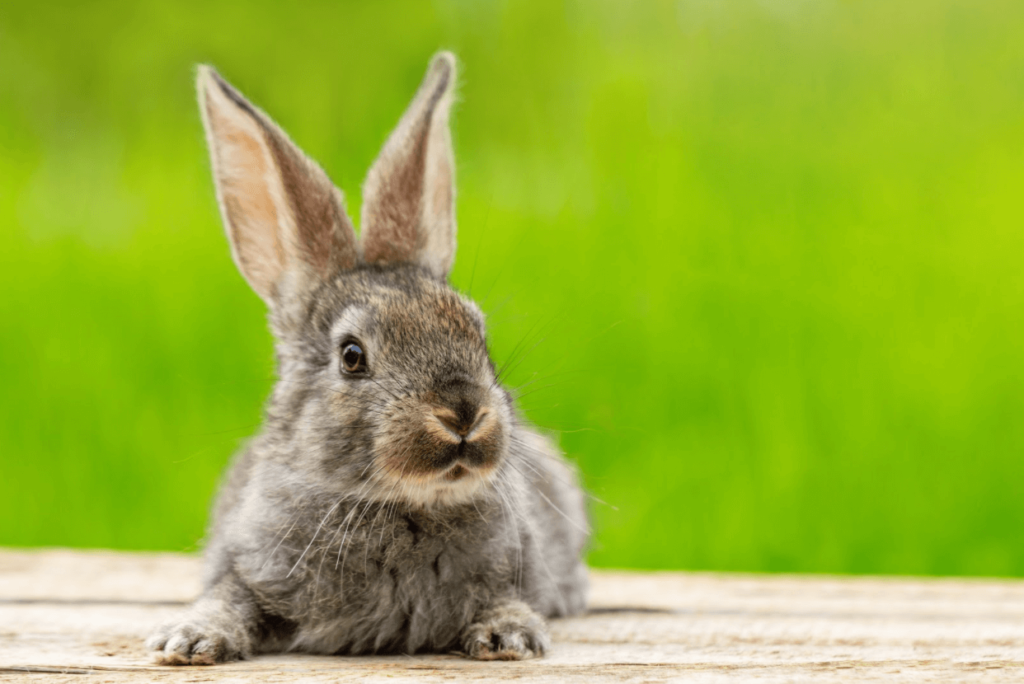
Rabbits, guinea pigs, and hamsters fall under the small mammals category. Even a squirrel sometimes makes a good pet. In the wild, rabbits escape from the heat and cold by digging burrows and taking refuge in them. In a house, they do not have that recourse. Hence, you need to create a robust system of temperature control for them.
Optimal Temperature for Rabbits
Rabbits thrive best in temperatures between 15.5°C and 29°C, although it is preferable not to let the surrounding temperature rise more than 25°C. They have a better tolerance to lower temperatures, so you don’t have to be concerned about the thermostat setting if it is low when you leave them home alone in the summer.
If you have rabbits inside your home, then adjusting the thermostat is the best way to ensure proper temperature control. If your rabbit lives outside in a hutch, move the hutch around to protect them from the elements. Hamsters and gerbils will survive best in temperatures between 18°C and 23°C.
Optimal Temperature for Birds and Other Pets
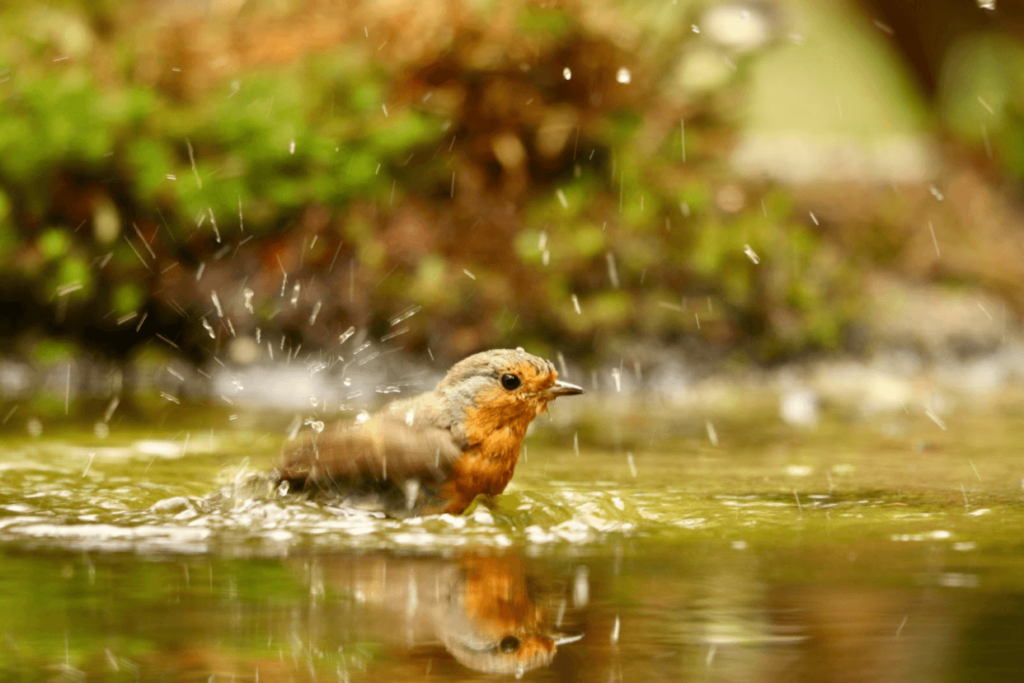
Birds and reptiles are cold-blooded creatures, which means that their temperature varies according to the ambient temperature. Therefore, you must be attentive to sudden weather changes and extreme temperatures when you have a bird or reptile as a pet.
Optimal Temperature for Birds
If a bird is cold, it will fluff its feathers or tuck its head under its wing. Birds are most comfortable in temperatures between 18°C and 29°C. They tend to eat more in winter to keep their bodies warm, ensuring they have an ample supply of food during those times. It is also a good practice to cover your bird’s cage with a cloth during the night.
Optimal Temperature for Snakes and Iguanas
You need to maintain a temperature of 21°C to 29°C for reptiles in their enclosures. You should also create a basking area—a mild heat source from a radiant heat panel or heat lamp. They will spend a few hours a day soaking in the heat from that place.
Optimal Temperature for Tortoises and Aquatic Turtles
A tortoise needs temperatures within the range of 21°C and 29°C. There also needs to be a hot zone of 37°C to 40°C where they can enjoy warmer temperatures for short periods of time. Turtles are mostly water-based animals, but ideally, you would have to maintain their water between 23°C and 30°C, so you need to use a water heater for your turtle even during the summer.
Important Information About Dogs
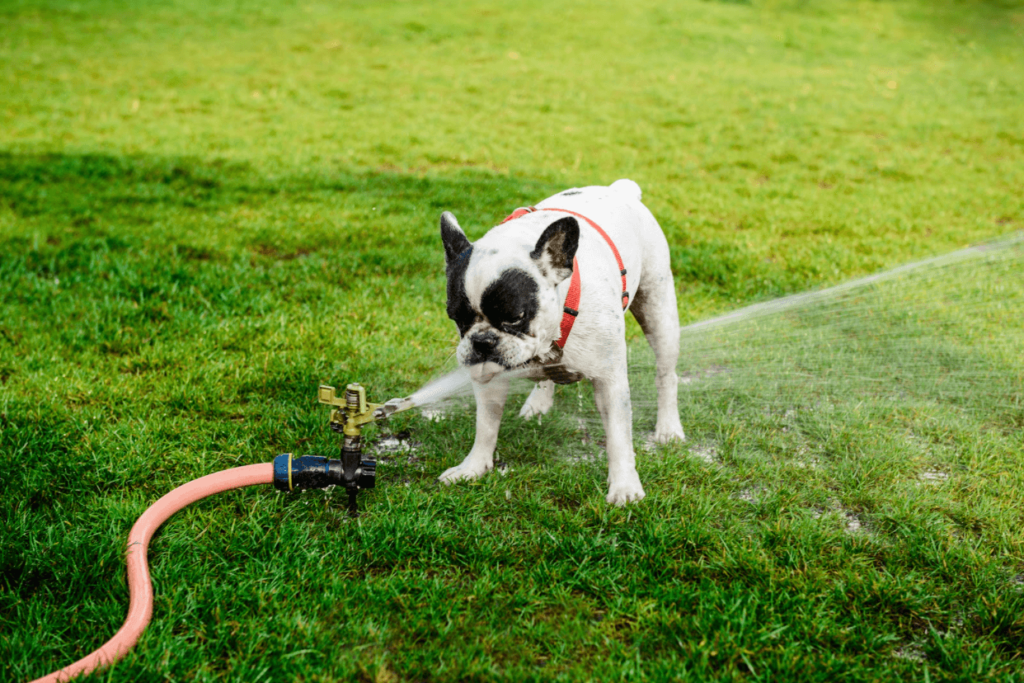
In addition to the points about dogs that we discussed above, here is important information to keep your dog comfortable:
Importance of Maintaining a Consistent Temperature
- Although dogs have a fur layer, sometimes they still feel cold when the temperature drops. A good rule of thumb is that if you feel cold, your dog will feel it too.
- Since dogs don’t adapt well to abrupt changes in temperature, try to avoid fiddling too much with the thermostat.
- Bring your dog inside when there is extremely hot or cold weather.
- Ensure that your dog is warm and dry when inside the house.
- If left outside, keep your dog supplied with adequate water and keep the bedding clean and dry.
- Avoid electric heating devices within the proximity of your dog because it could cause a fire or injury.
- Do not leave the fan on for your dog—they don’t feel differences in the air like humans because they do not sweat.
Important Information About Cats
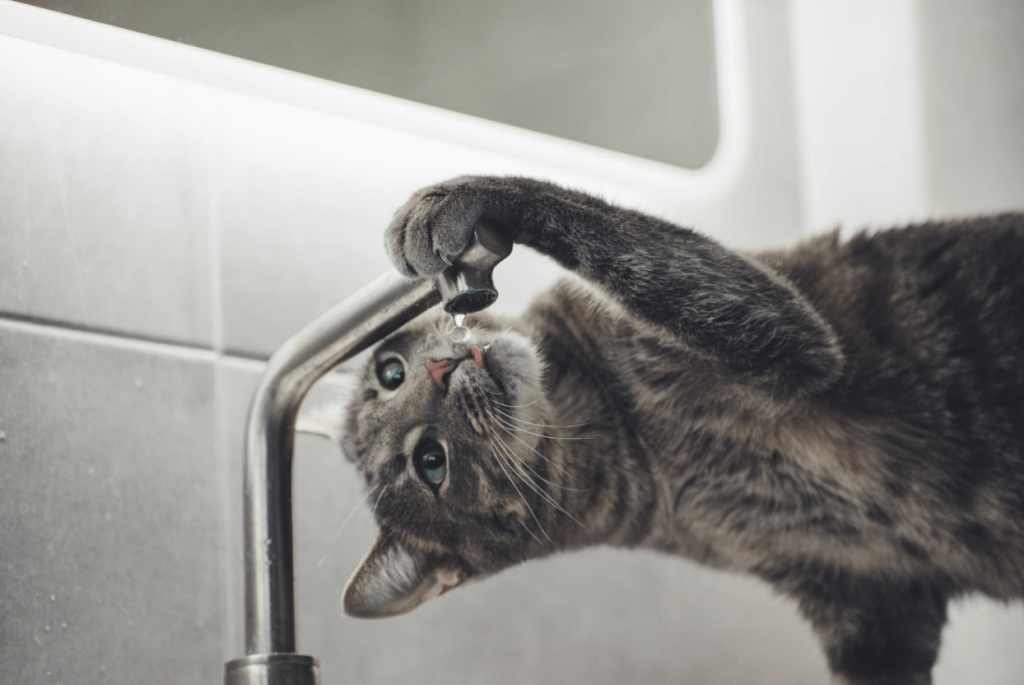
So much is said about dogs—what about cats? Yes, cats need extra attention to make them comfortable. Here is some important information to make your cat comfortable:
How Do I Know If My Cat is Cold?
- Look out for the following warning signs:
- Shivering and lowered body temperature
- Lethargy and listlessness
- Dilated pupils
- Low heart rate
- Shallow, slow, or labored breath
- Slow and stiff movements
If your cat has any of these symptoms, get medical assistance immediately.
How to Keep Your Cat Warm
- Cats of any age will appreciate a clean, warm bed.
- Get a warm, fluffy blanket for your cat.
- You can also find warming pads at pet shops, which are great devices for keeping your cat warm if you want to turn down the furnace at night.
- Give your cat action toys that will warm her up when she plays with them.
- Make a provision like a cat tree for your cat to climb to higher places in the house because warm air tends to rise.
Follow These Tips to Cool Down Your Pet
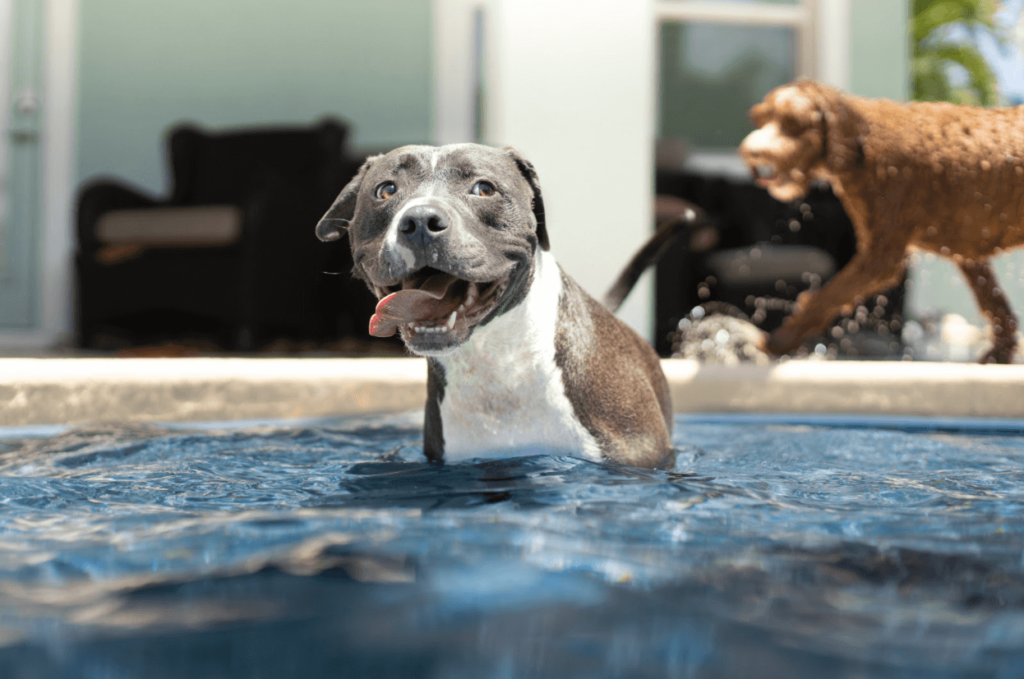
Use an Air Cooler
The Evapolar is the best portable air cooler for cooling down the air surrounding your pet in a natural way. You can’t always rely on air conditioning, and an air conditioner tends to dry the air. If you don’t use a humidifier, it could affect the health of your pet. The Evapolar portable air cooler doesn’t only cool the air but humidifies it as a result of natural water evaporation.
Create a Breeze
A breeze can cause some relief for a pet. However, since pets don’t sweat as humans do, you will have to simulate the cooling effect by evaporation of water through wet cloths and blankets.
Use a Wet Blanket
A blanket wetted with water or cooled down with ice from the freezer can cause relief if put on the head or body of your pet. You can even freeze water in a plastic bottle and wrap it in a cloth to make an improvised ice pack. Apply it to your overheated pet.
Always Carry Water
If you are going out with your pet, no matter how hot or cold it is, always keep a sufficient stock of water. You can carry a bottle of frozen water on hot summer days, which will provide a constant supply of cold water as the ice melts.
Never Leave Your Pets in a Parked Car
If you park your car, do not leave your pet alone in it for even a minute. A car can heat up in minutes and feel like an oven.
Always Watch for Signs of a Heat Stroke
If you see your pet panting heavily, having difficulty breathing, glazed eyes, or high body temperature, they could be symptoms of a heat stroke. Get medical attention immediately.
Always Watch for Signs of Hypothermia
Hypothermia is a dangerous condition that can lead to death. If you notice your pet shivering, having fixed pupils, muscle stiffness, lethargy, or coma, contact your vet.
Best House Temperature for Pets
We tend to neglect the temperature that our pets are exposed to. However, it is very crucial to their health and comfort. Whether in summer or winter, keep the thermostat adjusted between 69°F and 72°F. Never let the temperature of your room fall below 60°F. Always be attentive to how your pet behaves, and you’ll know if they are comfortable or not. This information should keep your pets happy and comfortable with the best house temperature suitable for them.





